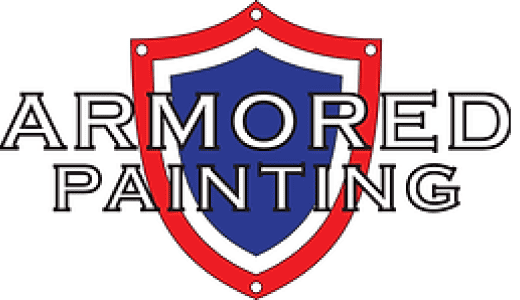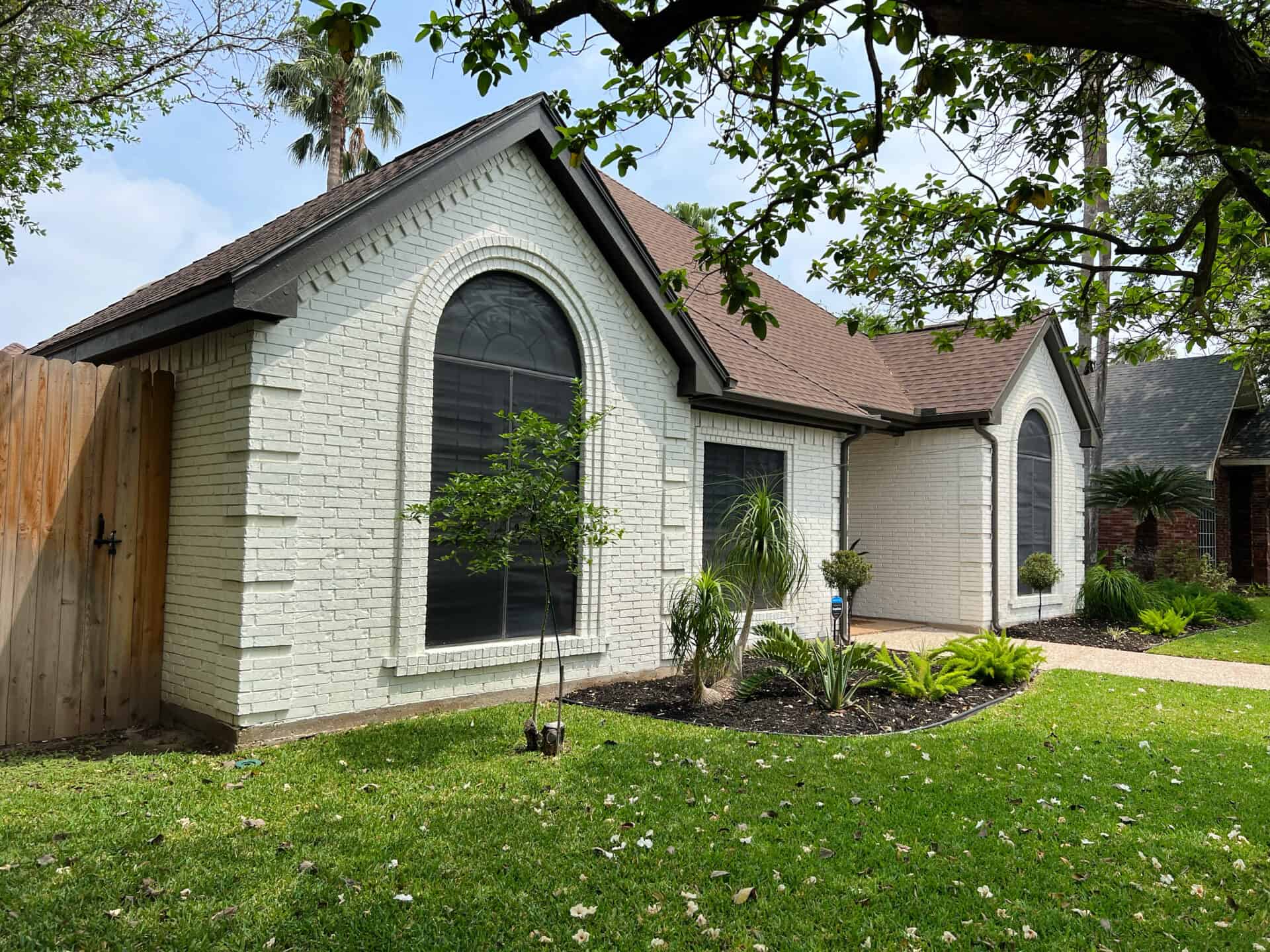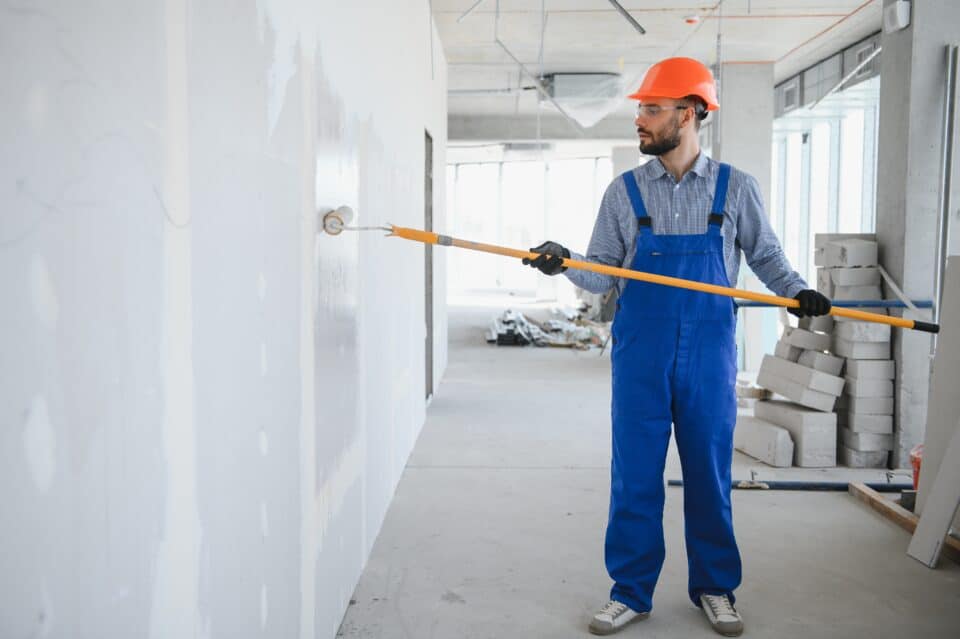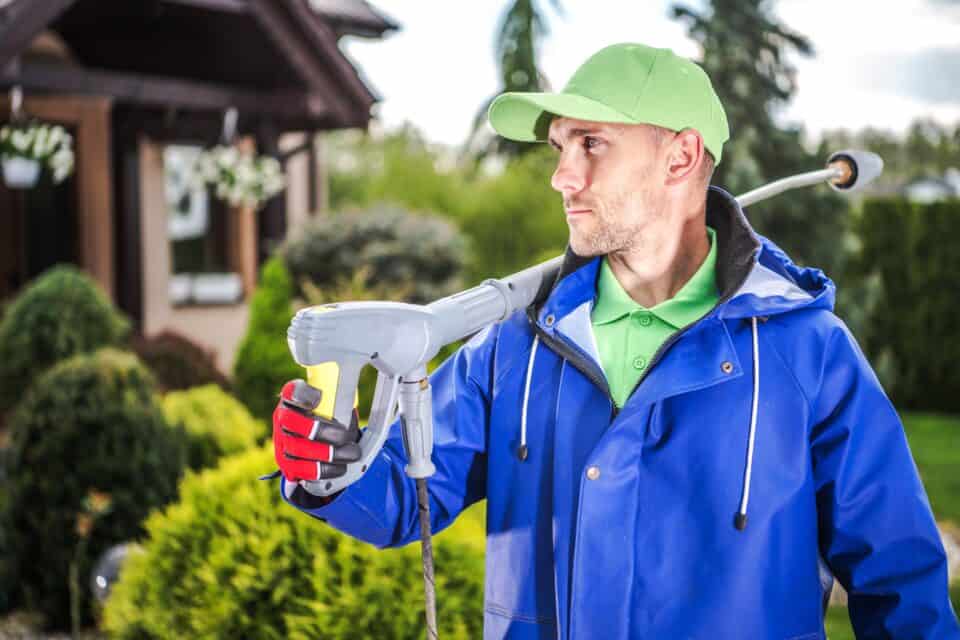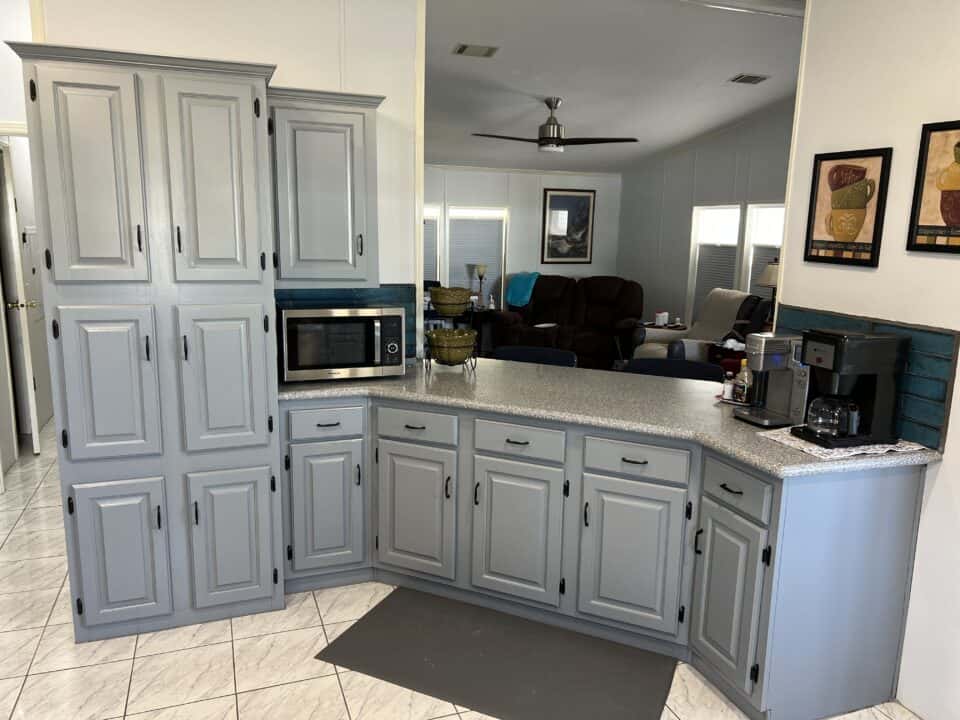Why does exterior paint bubble? It’s a frustrating question for homeowners faced with the unsightly appearance of bubbling paint on their home’s exterior surfaces. From weather-related factors to application errors, several reasons contribute to this common problem. Understanding the root causes behind exterior paint bubbling is crucial for addressing and preventing it effectively.
In this insightful article, we unravel the mysteries behind why exterior paint bubbles occur, empowering homeowners with the knowledge to maintain a pristine and long-lasting paint finish on their property.
Key Takeaways:
- Exterior paint bubbles can occur due to various factors, including heat, moisture, poor surface preparation, trapped moisture, low-quality paint products, and more.
- Changes in temperature, high humidity levels, and exposure to rain can cause the paint to expand and contract, leading to the formation of bubbles.
- Inadequate surface preparation, such as insufficient cleaning, sanding, or priming, can result in paint that doesn’t adhere correctly, leading to bubble formation.
- Moisture trapped between the surface and paint layer, often caused by underlying issues like leaks or poor drainage, can also cause paint to bubble and peel away.
- Using low-quality paint products that lack necessary adhesion properties and durability can contribute to premature paint deterioration and bubble formation.
Preventing Exterior Paint Bubbling
Exterior paint bubbling after rain is a common issue caused by moisture infiltration. When rain penetrates through cracks or unsealed areas in the exterior surfaces, it gets trapped under the paint. As the moisture tries to evaporate, it creates pressure, causing the paint to bubble and lift from the surface.
This problem is often exacerbated by inadequate surface preparation, using low-quality paint, or applying paint in humid conditions. To prevent bubbling, ensure the surface is clean, dry, and properly primed. Using high-quality, waterproof exterior paint and sealing all gaps can significantly reduce the risk of moisture-induced paint bubbling.
Why Does Exterior Paint Bubble? 10 Possible Reasons
Heat and Moisture
Heat and moisture play a significant role in the formation of exterior paint bubbles. When exposed to changes in temperature, high levels of humidity, and frequent rainfall, the paint on your home’s exterior can expand and contract. This continuous movement creates stress on the paint surface, leading to the development of small bubbles.
Poor Surface Preparation
Inadequate surface preparation before applying paint is a common cause of exterior paint bubbling. When the surface is not properly cleaned, sanded, or primed, the paint may struggle to adhere correctly, resulting in unsightly bubbles and blisters.
To ensure a smooth and long-lasting paint finish, it is essential to invest time and effort in proper surface preparation. This involves thoroughly cleaning the surface to remove dirt, dust, grease, and any loose or flaking paint. Sanding the surface helps create a rough texture for better paint adhesion. Additionally, applying a suitable primer will enhance adhesion and promote a more uniform paint finish.
Surface preparation is particularly crucial when dealing with previously painted surfaces that may have accumulated grime over time. Taking the time to properly prepare the surface before painting can significantly reduce the risk of exterior paint bubbling and ensure a beautiful, durable paint job that will stand the test of time.
Moisture Trapped Underneath
In some cases, moisture can become trapped between the surface and the paint layer, leading to exterior paint bubbling. This issue typically arises due to underlying problems such as leaks, water seepage, or poor drainage systems. When moisture gets trapped, it can gradually cause the paint to bubble and peel away, compromising the integrity and appearance of the exterior paintwork.
Low-Quality Paint Products
When it comes to painting the exterior of your home, using high-quality paint products is essential to ensure long-lasting and beautiful results. Unfortunately, opting for low-quality paint can have detrimental effects, including exterior paint bubbling.
Cheap paints often lack the necessary ingredients and adhesion properties required to withstand the harsh outdoor conditions. As a result, they tend to deteriorate prematurely and can cause unsightly bubble formation on the painted surfaces.
These inferior paint products fail to provide the necessary protection against moisture, temperature changes, and other external factors, making them more susceptible to paint bubbling. When the paint cannot effectively adhere to the surface, it can lead to the formation of small bubbles that can worsen over time.
To prevent exterior paint bubbling, it is crucial to invest in high-quality paint products that are specifically designed for exterior use. These paints are formulated with superior ingredients, such as binders and fillers, that ensure proper adhesion and durability, even in challenging weather conditions.
By choosing high-quality paint, you can significantly reduce the risk of paint bubbling and enjoy a long-lasting finish that enhances the overall appearance of your home’s exterior.
Applying Paint in Direct Sunlight
When it comes to painting the exterior of your home, it is important to consider the environmental conditions that can affect the paint job. One factor that can lead to the bubbling of exterior paint is applying paint in direct sunlight.
Direct sunlight can cause the paint to dry too quickly, which can result in the formation of bubbles on the painted surface. As the paint dries rapidly, it may not have enough time to properly adhere to the underlying surface, leading to uneven curing and the formation of unsightly bubbles.
To prevent this issue, it is advisable to paint during cooler hours of the day when the sun is less intense, or when the surface is not directly exposed to the sun. This allows the paint to dry at a more controlled pace, giving it ample time to adhere properly without the risk of bubbling.
By avoiding painting in direct sunlight, you can ensure a smoother and more durable paint finish on the exterior of your home. So, remember to plan your painting project accordingly and choose the right weather conditions to achieve the best results.
Moisture in the Substrate
When it comes to exterior paint bubbling, addressing any moisture issues in the substrate is crucial. If the surface you are planning to paint has dampness or a high moisture content, it can significantly contribute to the bubbling of the paint.
The presence of moisture in the substrate disrupts the paint’s adhesion, causing it to bubble and eventually peel away. Whether it’s due to water seepage, leaks, or poor drainage, the trapped moisture underneath the paint layer can wreak havoc on the overall appearance and durability of your exterior paintwork.
To prevent moisture-related paint bubbling, it’s essential to identify and address any underlying moisture issues before embarking on the painting process. This may involve fixing leaks, improving drainage systems, or applying appropriate waterproofing measures to ensure a dry and stable surface for painting.
In cases where high moisture levels persist, it may be necessary to use specialized moisture barriers or sealants that can effectively mitigate the impact of moisture on the paint adhesion. Ensuring that the substrate is moisture-free and adequately prepared is key to achieving a smooth and long-lasting paint finish.
By taking proactive measures to tackle moisture in the substrate, you can significantly reduce the risk of exterior paint bubbling and enjoy a beautiful and durable painted exterior for your home.
Humidity During Paint Application
One often overlooked factor that can contribute to exterior paint bubbling is the humidity levels during the paint application process. High humidity can affect the drying time of the paint and hinder proper adhesion to the surface. This can lead to the formation of bubbles as the paint struggles to cure correctly.
When the air is humid, the excess moisture in the environment can impede the paint’s ability to dry. As a result, the paint may take longer to cure, increasing the chances of it developing bubbles. The moisture in the air can also affect the paint’s ability to bond with the surface, compromising its adhesion and leading to bubble formation.
To minimize the risk of exterior paint bubbling due to humidity, it’s important to plan your painting project carefully. Check the weather forecast and choose a day with lower humidity levels, if possible. Painting during drier periods can help the paint dry more efficiently and reduce the likelihood of bubbles.
Additionally, it’s crucial to ensure proper ventilation during the paint application process. Good airflow can help remove excess moisture from the environment, allowing the paint to dry evenly and reducing the risk of bubbles. Open windows and use fans if necessary to promote air circulation.
Using a dehumidifier in the painting area can also help reduce humidity levels, especially in high-moisture locations such as bathrooms or kitchens. By controlling the humidity, you can create an environment that facilitates proper paint adhesion and minimizes the chances of paint bubbling.
Overall, being mindful of the humidity levels during paint application is essential to achieve a smooth, bubble-free exterior paint finish. By considering the weather conditions, ensuring proper ventilation, and controlling moisture, you can minimize the risk of paint bubbling and achieve a beautiful, long-lasting paint job.
Painting Over Contaminated Surfaces
When it comes to exterior paint bubbling, one crucial factor to consider is painting over contaminated surfaces. This may include areas that are oily or dirty, jeopardizing the proper adhesion of the paint and potentially leading to bubbling issues. To prevent this problem, it is essential to thoroughly clean and prepare the surface before applying any paint.
Before starting your painting project, take the time to remove any dirt, debris, or grease from the surface using appropriate cleaning methods and products. This will ensure a clean and smooth surface for the paint to adhere to, reducing the risk of bubbling.
In addition to cleaning, it is also important to address any underlying issues that may be causing contamination. For example, if the surface is prone to excessive oil buildup, it may be necessary to apply a degreaser or primer specifically designed to remove or seal oil. By addressing and eliminating contaminants beforehand, you can create a more stable base for the paint and minimize the chances of exterior paint bubbling.
Remember, proper surface preparation is the key to a successful and lasting paint job. By taking the time to thoroughly clean and prepare the surface, you can create a solid foundation for the paint, ensuring optimal adhesion and minimizing the risk of bubbling. So before you pick up that paintbrush, make sure your surfaces are clean and free from contaminants.
Inadequate Paint Thickness
When it comes to painting the exterior surfaces of your home, applying paint in thin layers or not having enough coats of paint can have detrimental effects. Inadequate paint thickness can increase the likelihood of paint bubbling, leaving your home’s exterior vulnerable to moisture and other external factors.
Having a proper paint thickness is crucial for the long-term durability and protection of your home. Thin layers of paint may not provide sufficient coverage or adhesion, allowing moisture to seep in and cause the paint to bubble and peel.
To prevent inadequate paint thickness and the resulting bubbling, it is important to follow the manufacturer’s instructions regarding the recommended number of paint coats and application techniques. Applying multiple coats of paint ensures a thicker layer that can effectively safeguard your home’s exterior from moisture, UV rays, and other environmental elements.
Additionally, consider using high-quality paint products that are specifically formulated for exterior applications. These paints often have superior adhesion properties and are designed to withstand the harsh outdoor conditions, reducing the risk of bubbling and premature paint failure.
Investing time and effort in ensuring adequate paint thickness during your exterior painting project can make all the difference in maintaining a beautiful and long-lasting paint finish.
Improper Ventilation
A commonly overlooked factor that can contribute to exterior paint bubbling is improper ventilation in the painted area. When there is inadequate airflow, fumes from paint and excessive humidity can get trapped, leading to the formation of bubbles on the painted surface.
Adequate ventilation is crucial during and after the painting process to promote drying and prevent the buildup of moisture. This can be achieved by opening windows and doors, using fans or dehumidifiers, and ensuring proper airflow in the painted area.
Allowing fresh air to circulate not only helps the paint dry more efficiently but also reduces the risk of moisture getting trapped under the painted surface, which can cause bubbling and peeling. By ensuring proper ventilation, you can maintain the integrity of the paint job and prolong its lifespan.
Prevention and Solutions
Protecting your home’s exterior paint from bubbling requires a proactive approach and a few simple preventative measures. First and foremost, proper surface preparation is essential. Make sure to clean, sand, and prime the surface before applying paint. This ensures a smooth and durable finish that adheres properly, minimizing the risk of bubbles.
Choosing high-quality paint products is another crucial step in preventing exterior paint bubbling. Invest in reputable brands that offer superior adhesion and durability. These paints are specifically formulated to withstand the elements and provide long-lasting protection for your home’s surfaces.
Addressing any underlying moisture issues is also vital. Inspect your home for leaks, water seepage, or poor drainage systems that may contribute to paint bubbling. Fixing these problems will help prevent moisture from getting trapped underneath the paint, eliminating the conditions that lead to bubbling.
Remember, prevention is always better than cure when it comes to exterior paint bubbling. By following these preventative measures, you can ensure a beautifully painted home that remains bubble-free for years to come.
Experience Superior Exterior Painting in Rio Grande Valley with Armored Painting
At Armored Painting, we pride ourselves on offering exceptional exterior painting services across the Rio Grande Valley. We guarantee minimal to no paint bubbling, thanks to our use of high-quality materials and expert craftsmanship. Our team meticulously prepares each surface to ensure a flawless application that stands the test of time.
With our dedicated professionals, your home will not only look stunning but will also be well-protected against the elements. For a transformation that enhances your property’s appeal, trust us at Armored Painting. Call us at 956-502-0617 today for a free quote and elevate your home’s exterior with our top-notch services.
